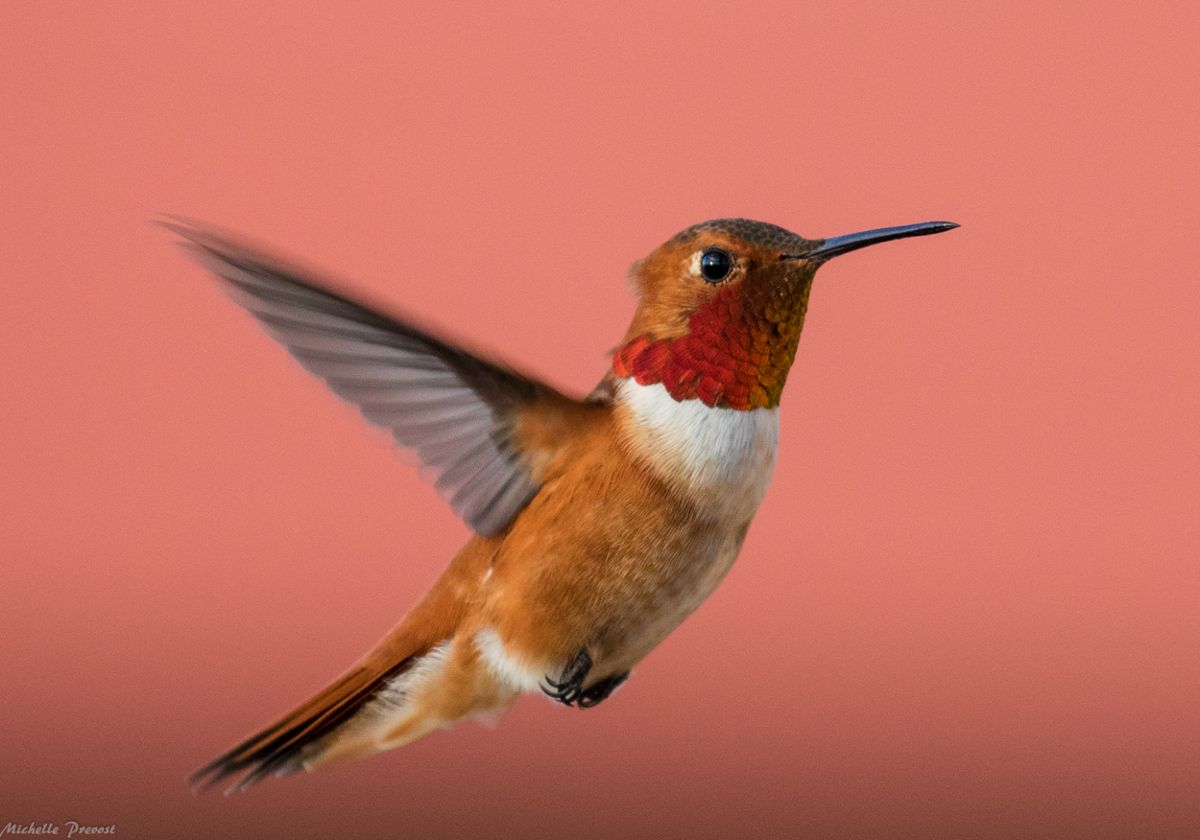D: Here’s a joke, Yaël: Where do fish take arithmetic classes? In their schools!
Y: You’re quite the comedian, Don.
D: Those fish are lucky, though. No animal really has to sit through endless lessons on long division. After all, why would a fish, or a dog, or a bird ever need mathematics?
Y: That’s a very human way to think about math. But animals sometimes understand numbers without school or even language.
D: This is great! Instead of having Fido eat my homework, I’ll have him do my calculus problems. I’m joking—you’re not saying that wild animals are out there solving equations?
Y: Not quite! Consider numerical ordering—the concept of “first,” “second,” and “third” in a sequence. It’s not calculus, but it is a cognitive skill.
D: I’d never thought of that as math before. Do you have any good examples of numerical ordering in the wild?
Y: Sure. Researchers studied rufous hummingbirds in the Rocky Mountains. The scientists set up ten artificial flowers in a row, but only put sugar water in the first flower. Consistently, the hummingbirds flew to that flower—and only that flower—to eat.
D: Maybe our feathery friends just knew the flower’s location in the field.
Y: The researchers controlled for that, moving the row around and varying the distance between artificial flowers. And they altered which flower had sugar water: after a while, they only filled the second flower. The hummingbirds got used to that, too, and the same thing happened when the third, and then fourth, flowers were filled. The scientists think this numerical ordering might help hummingbirds forage, relocating a tasty blossom in a sequence of many wildflowers.
D: Those birdbrains have some math smarts after all!










